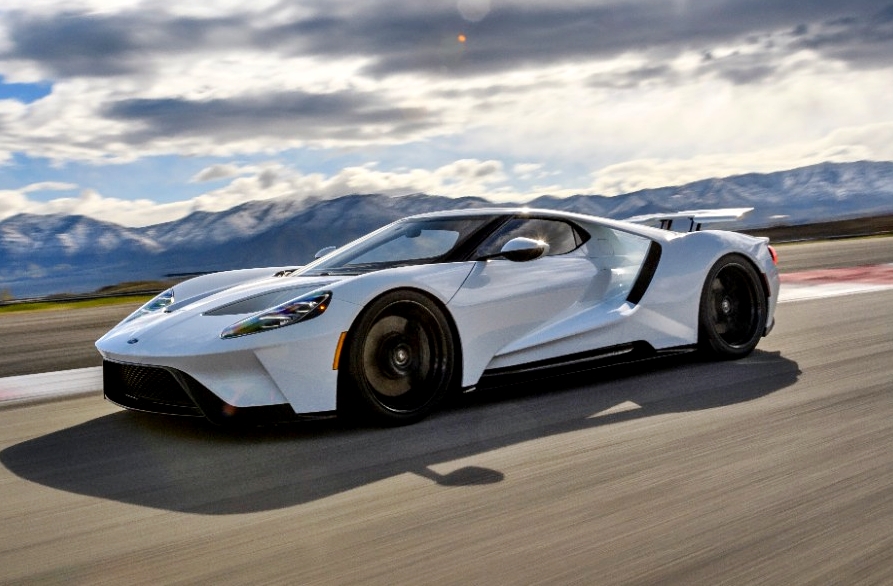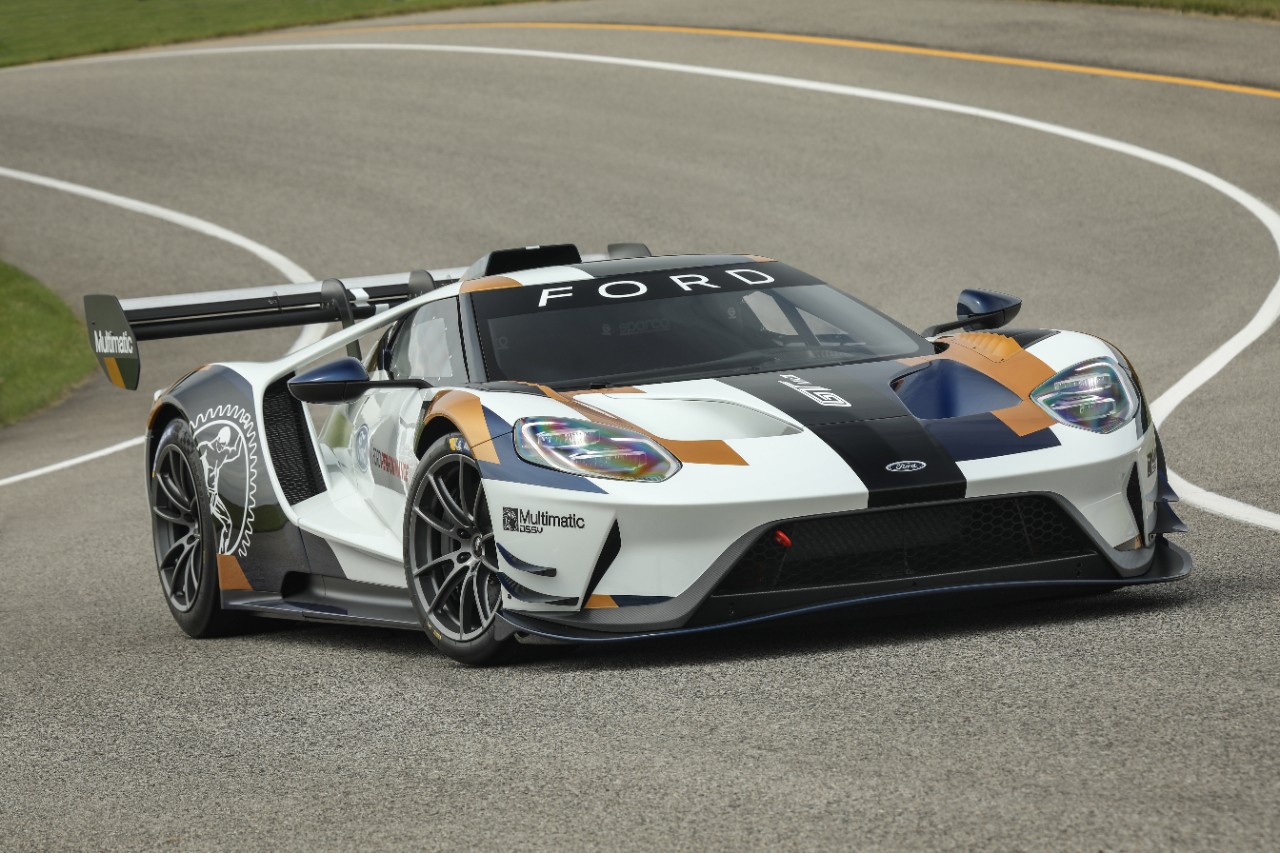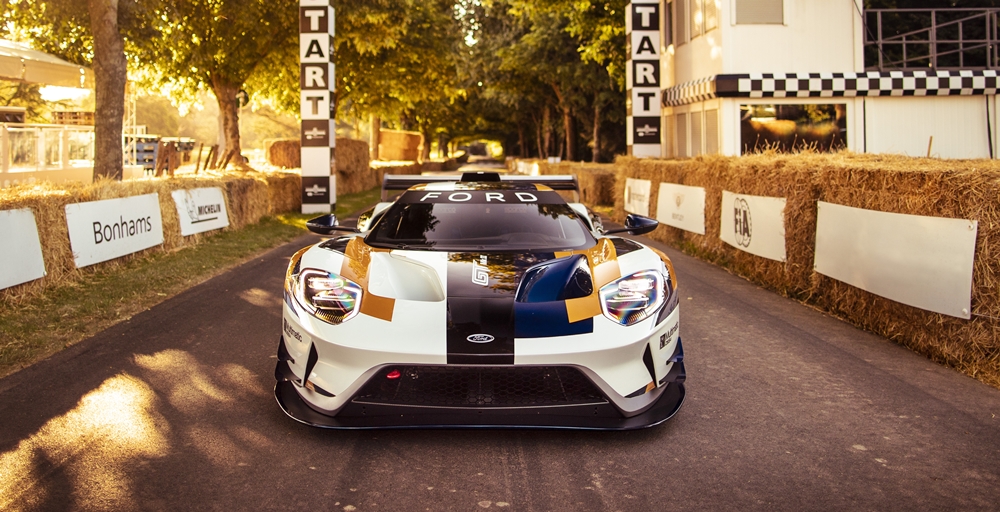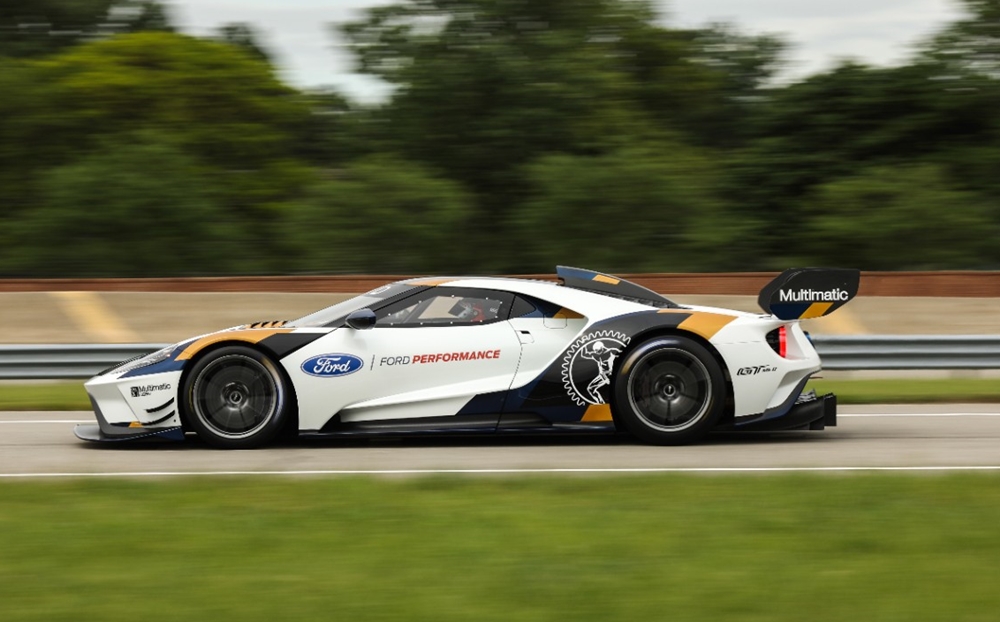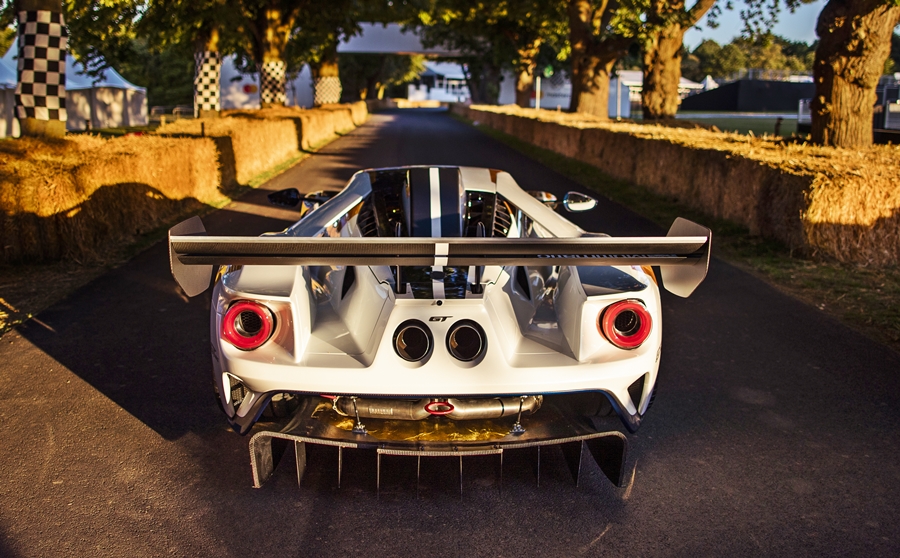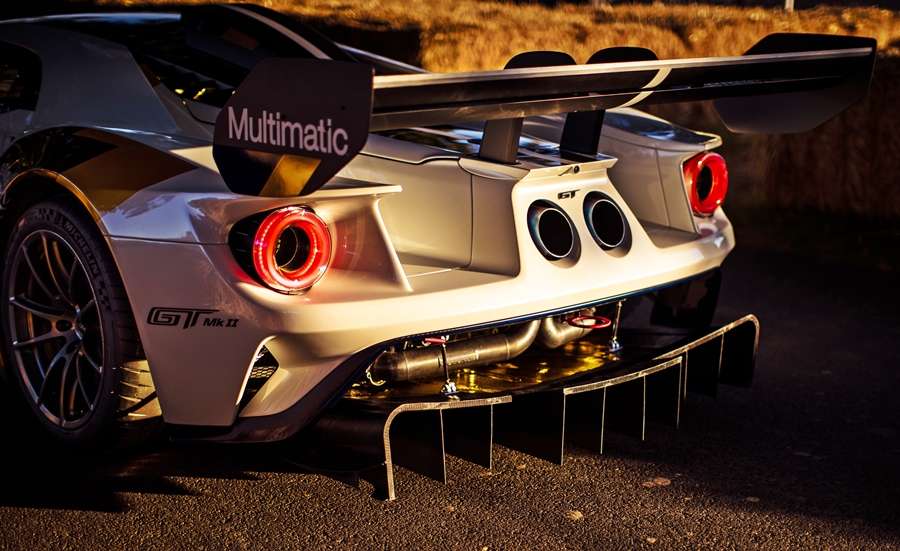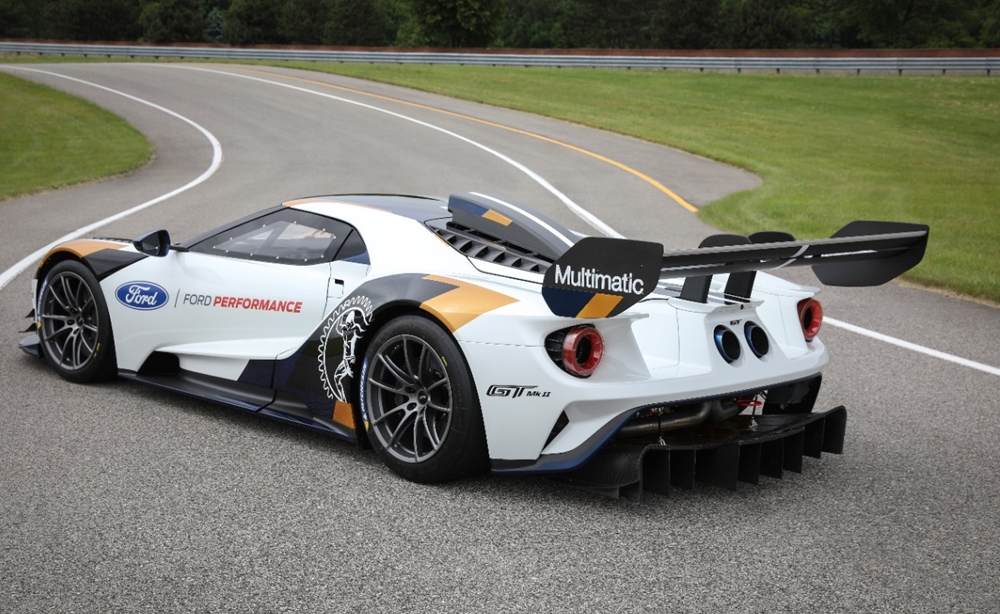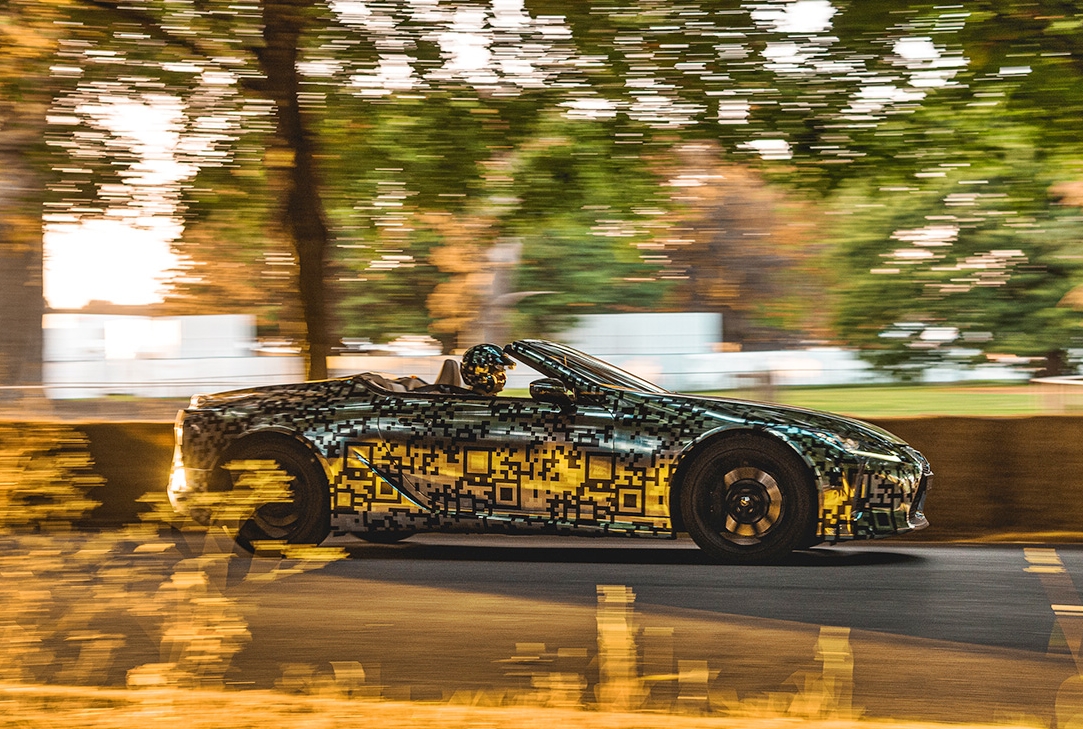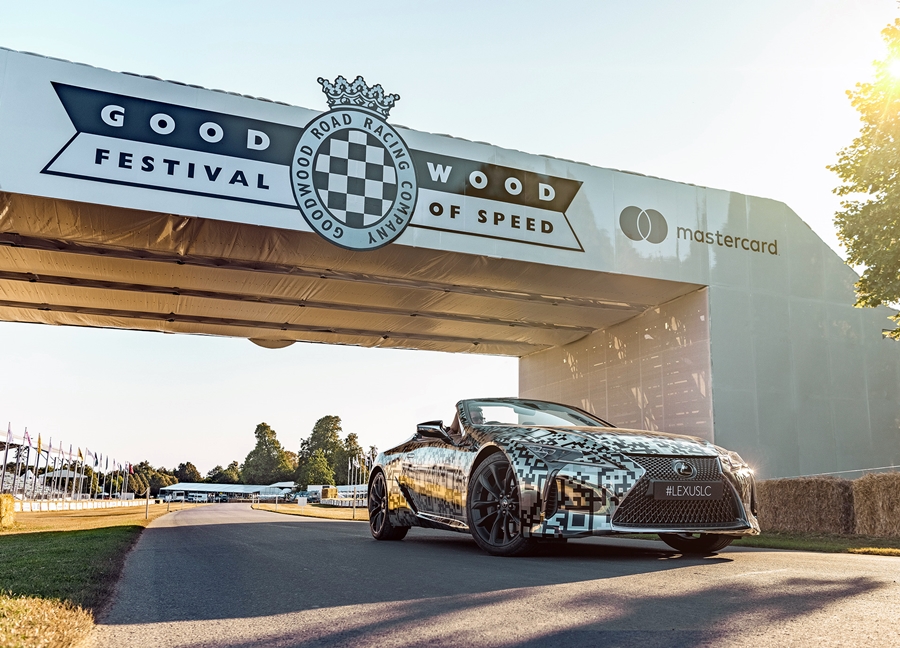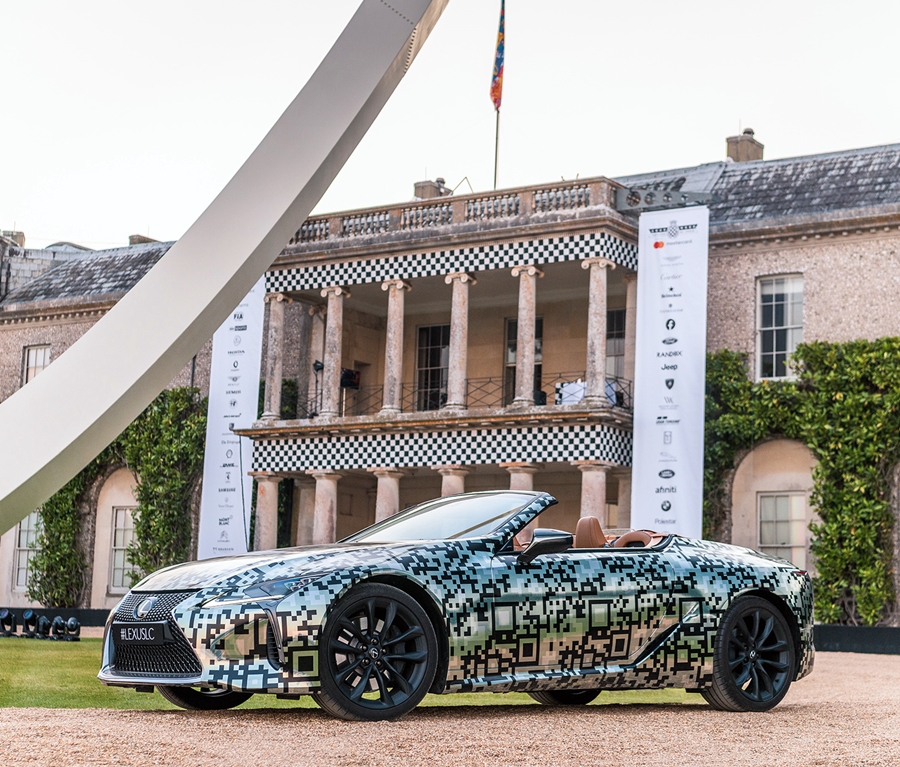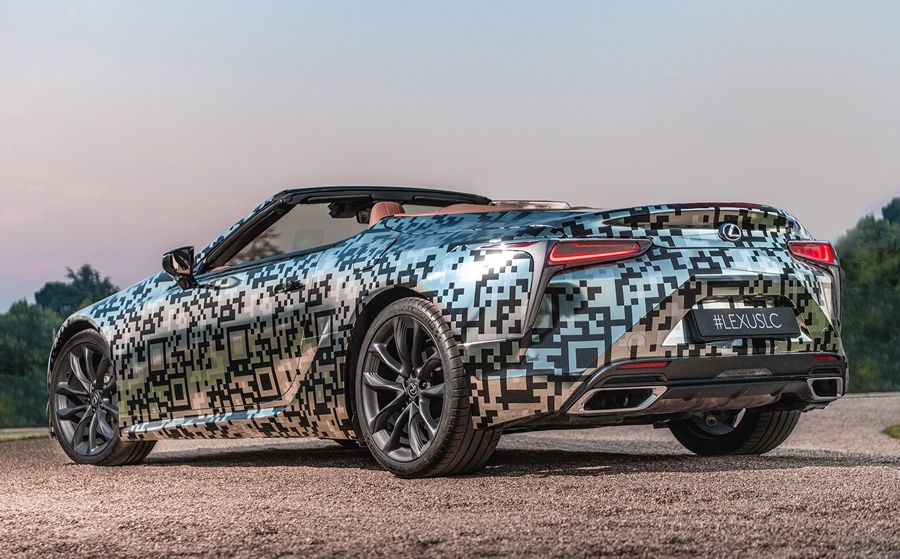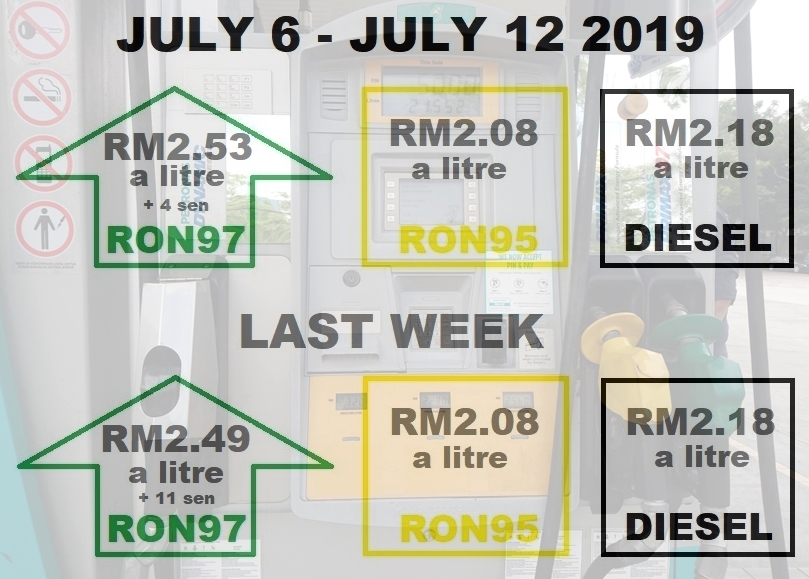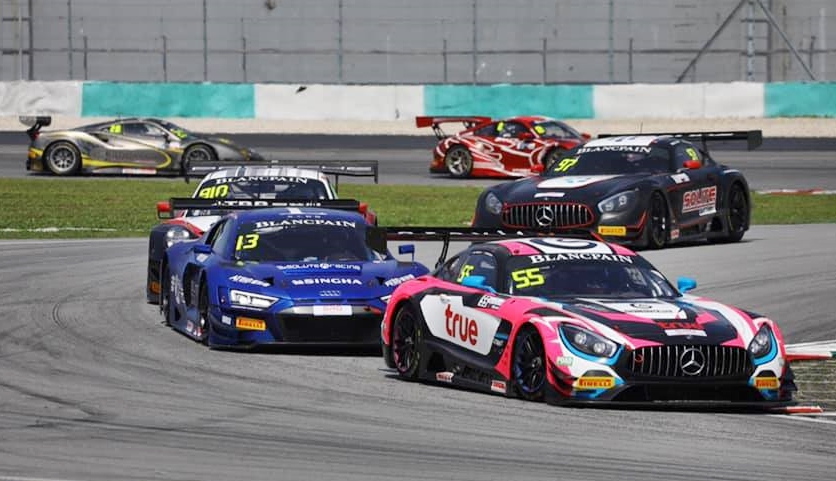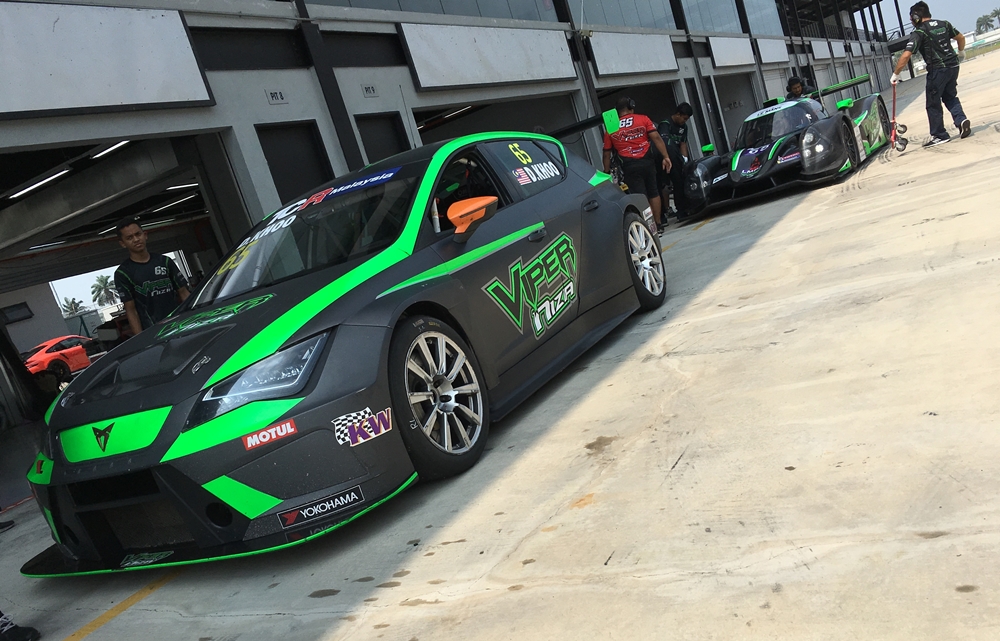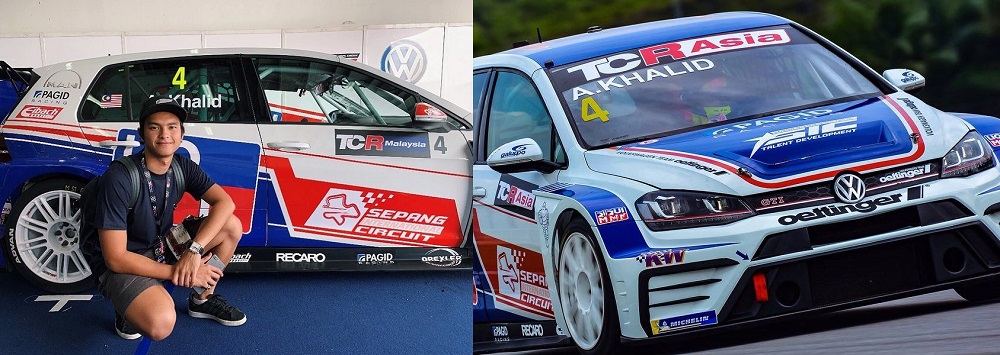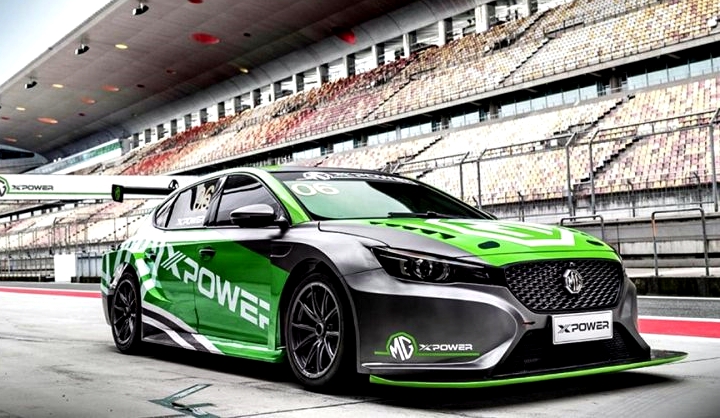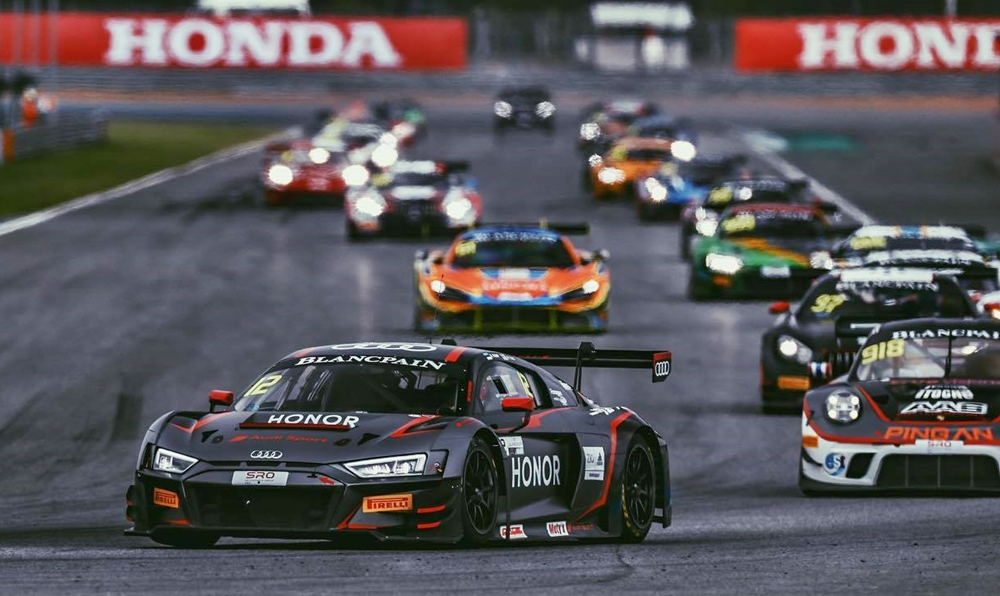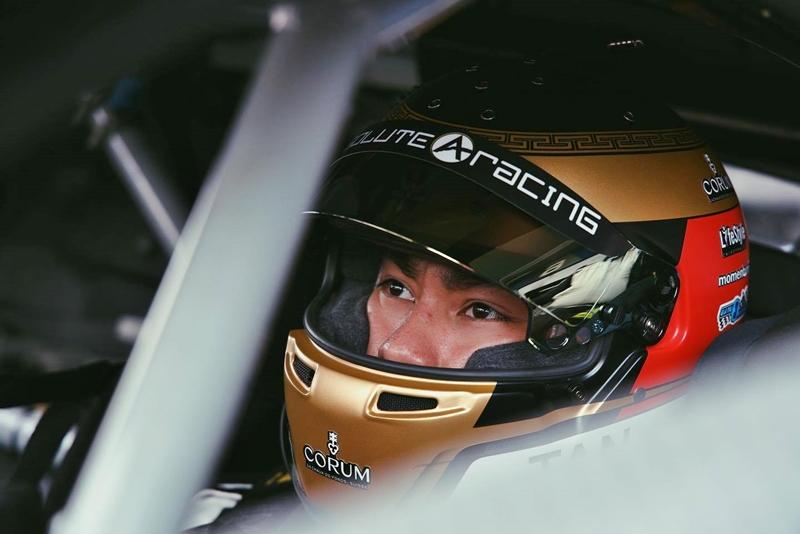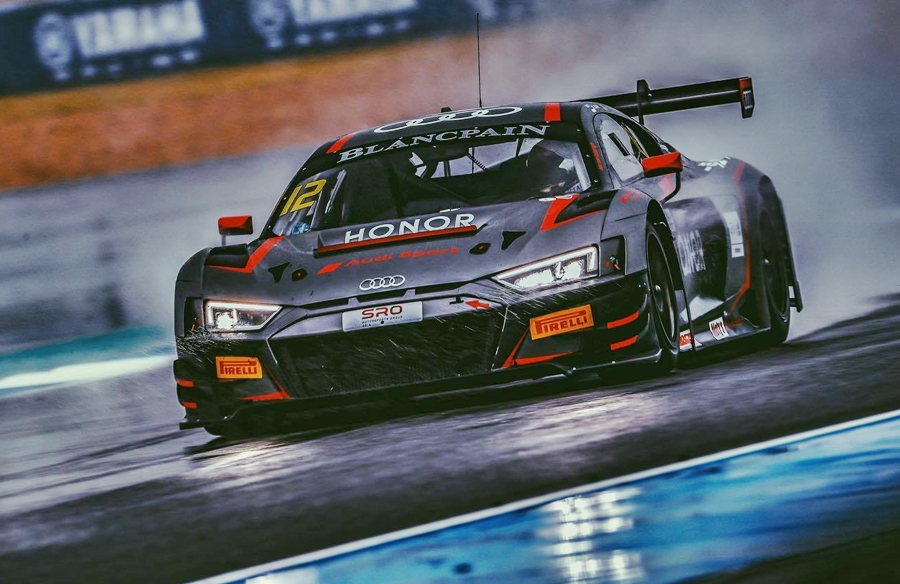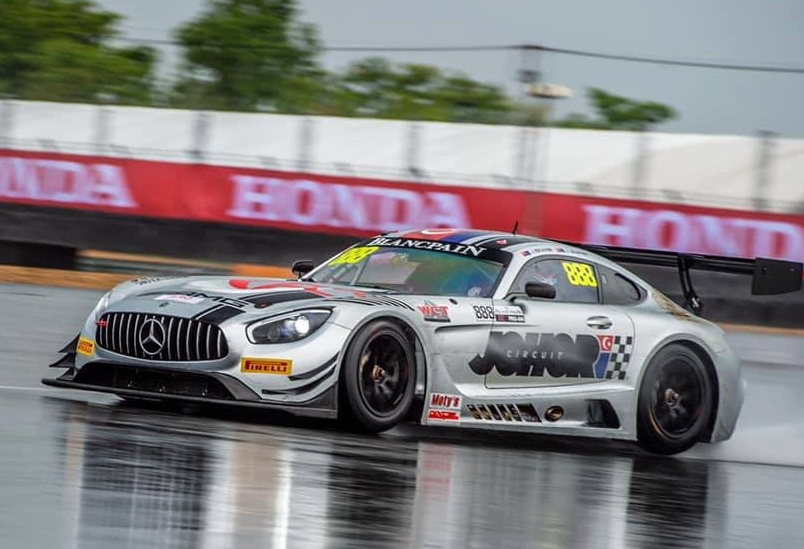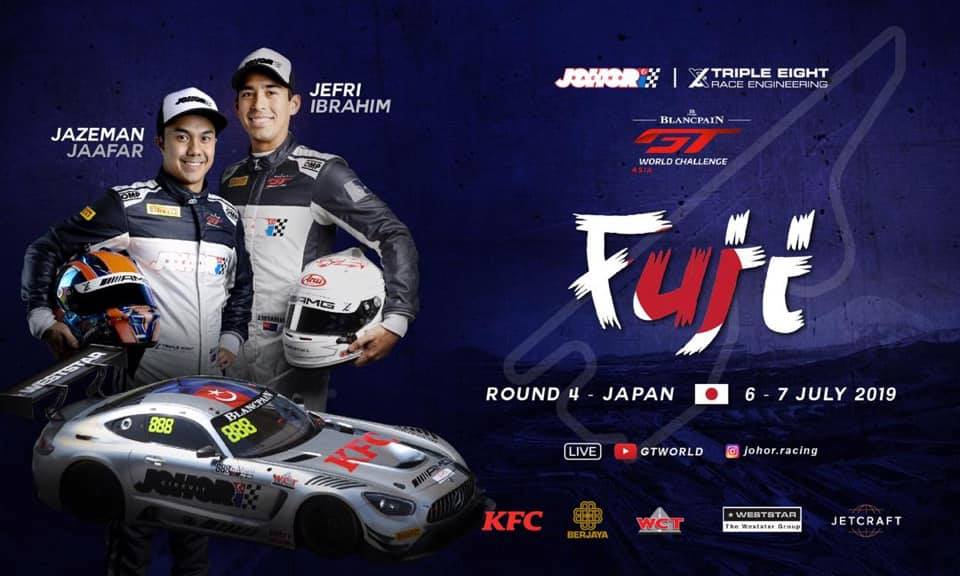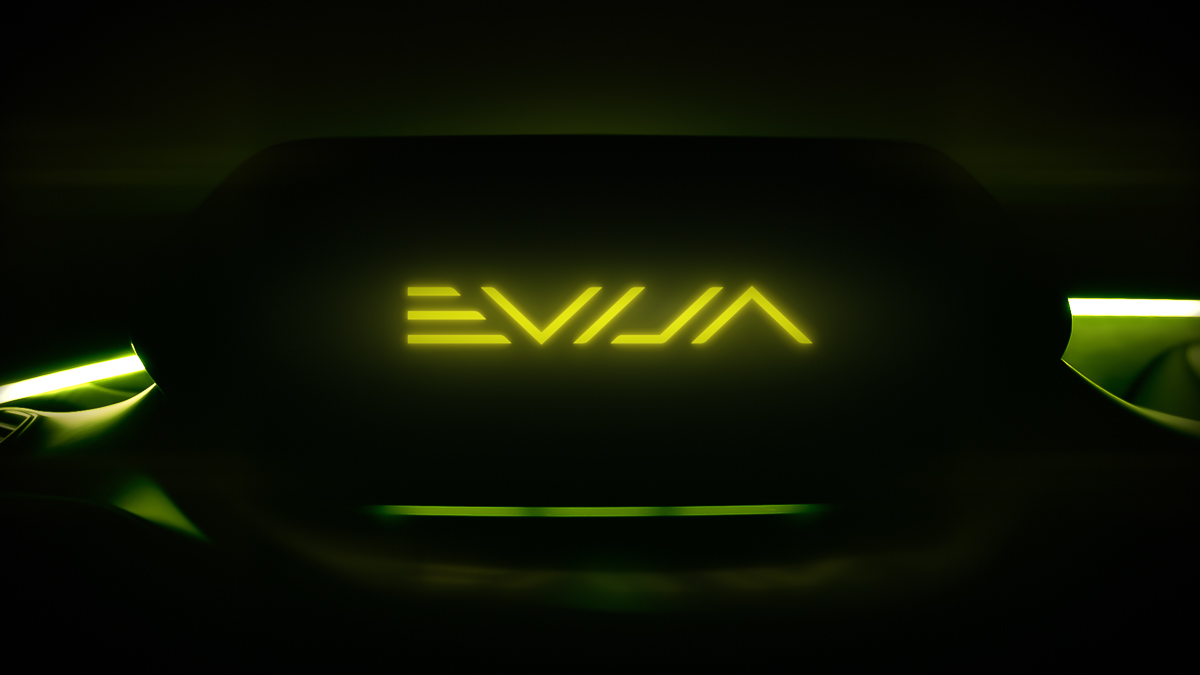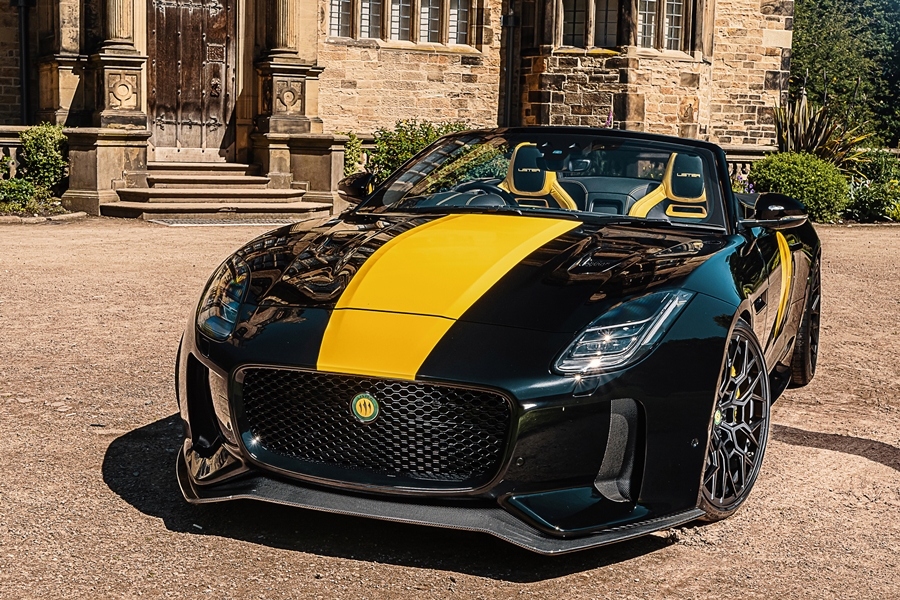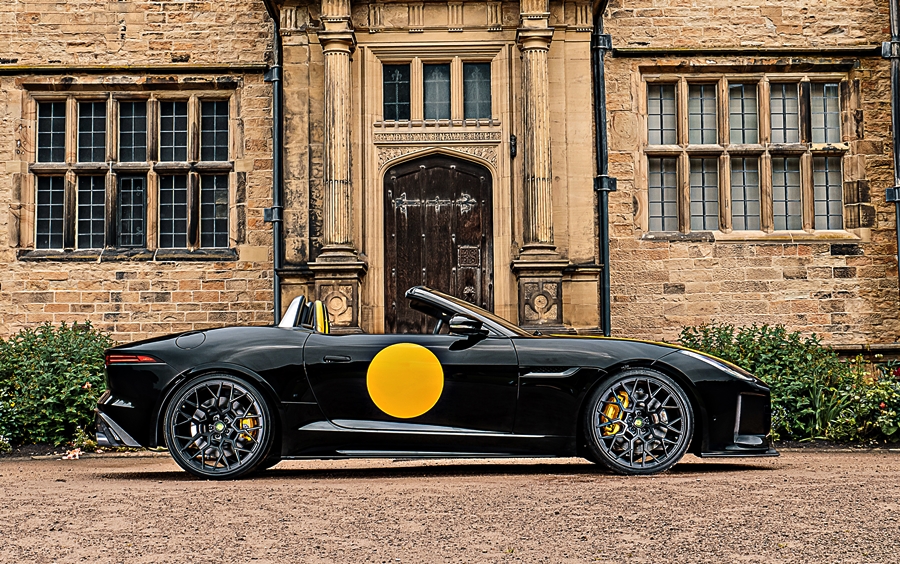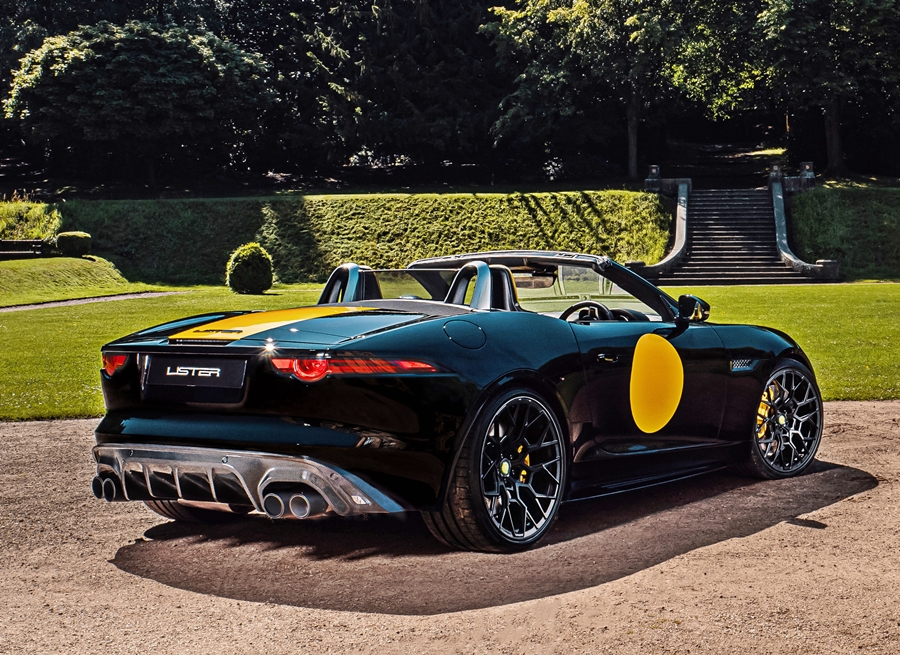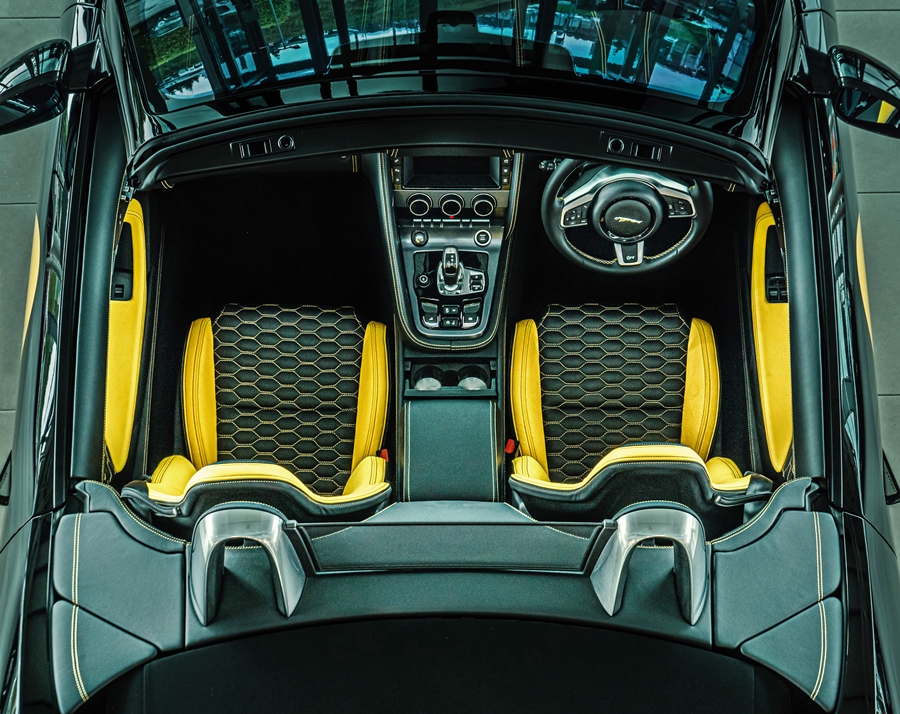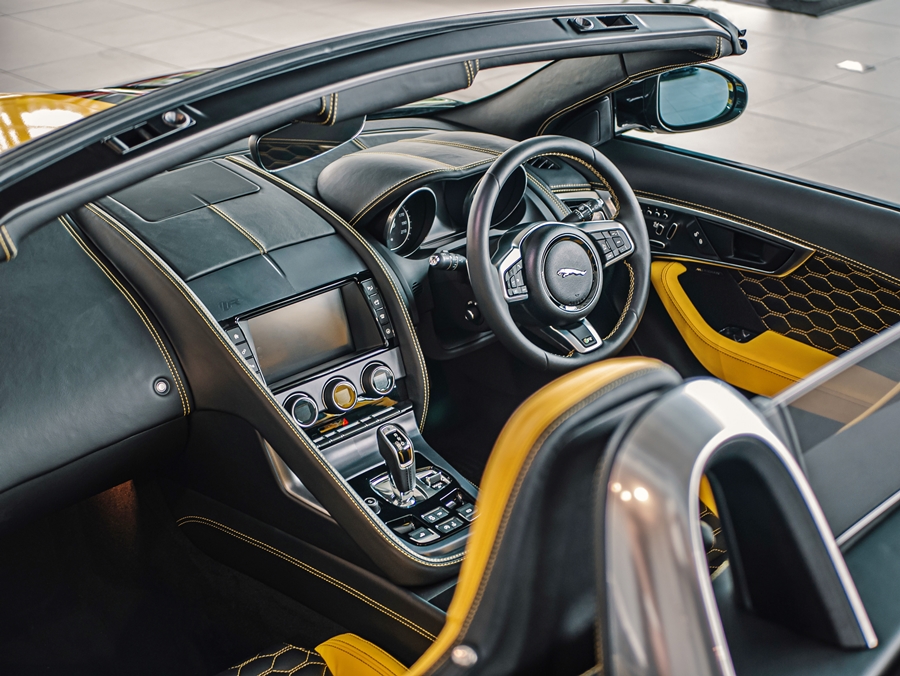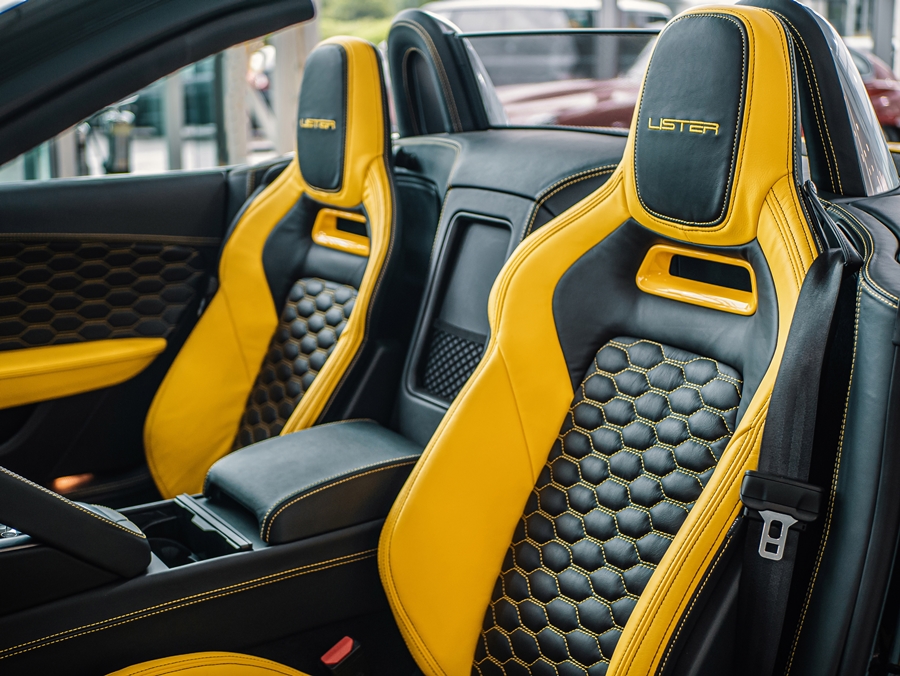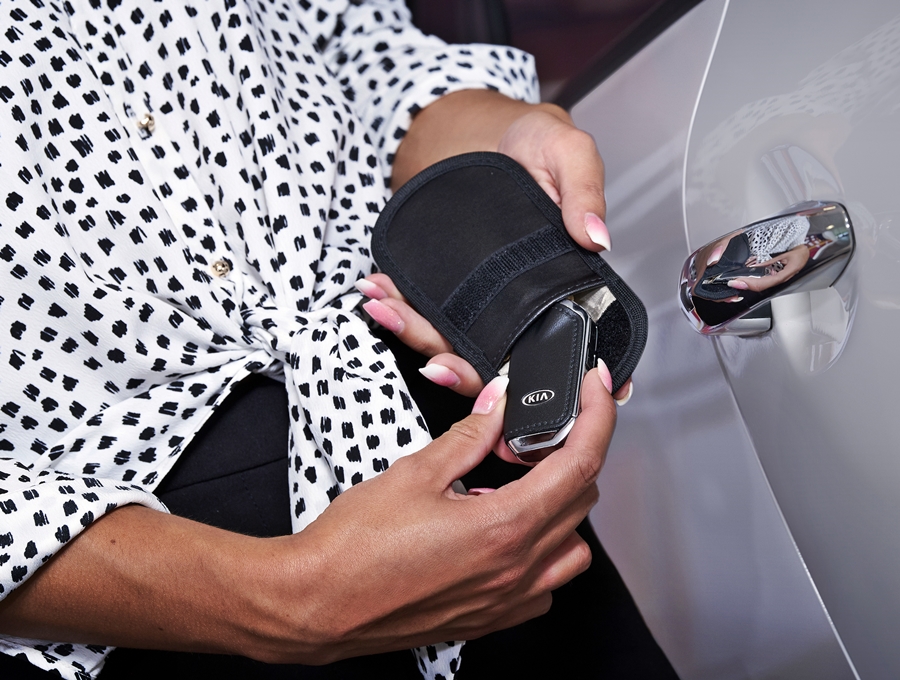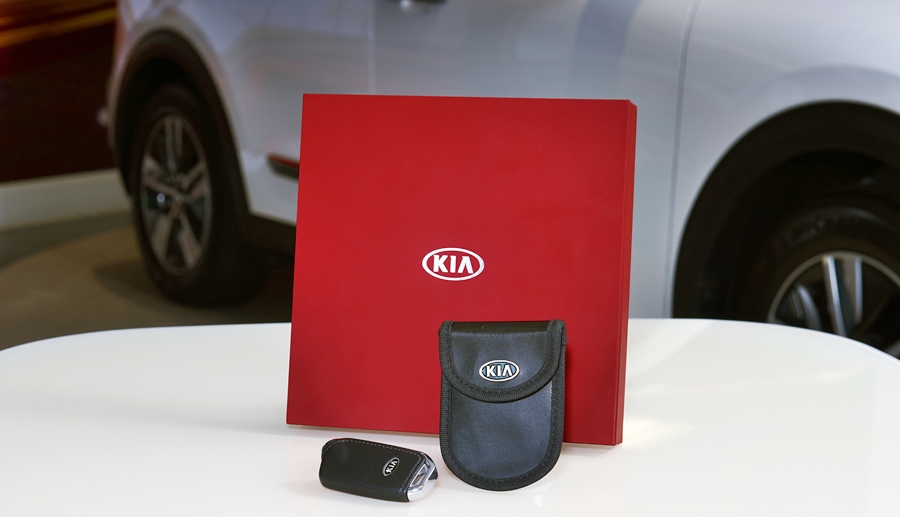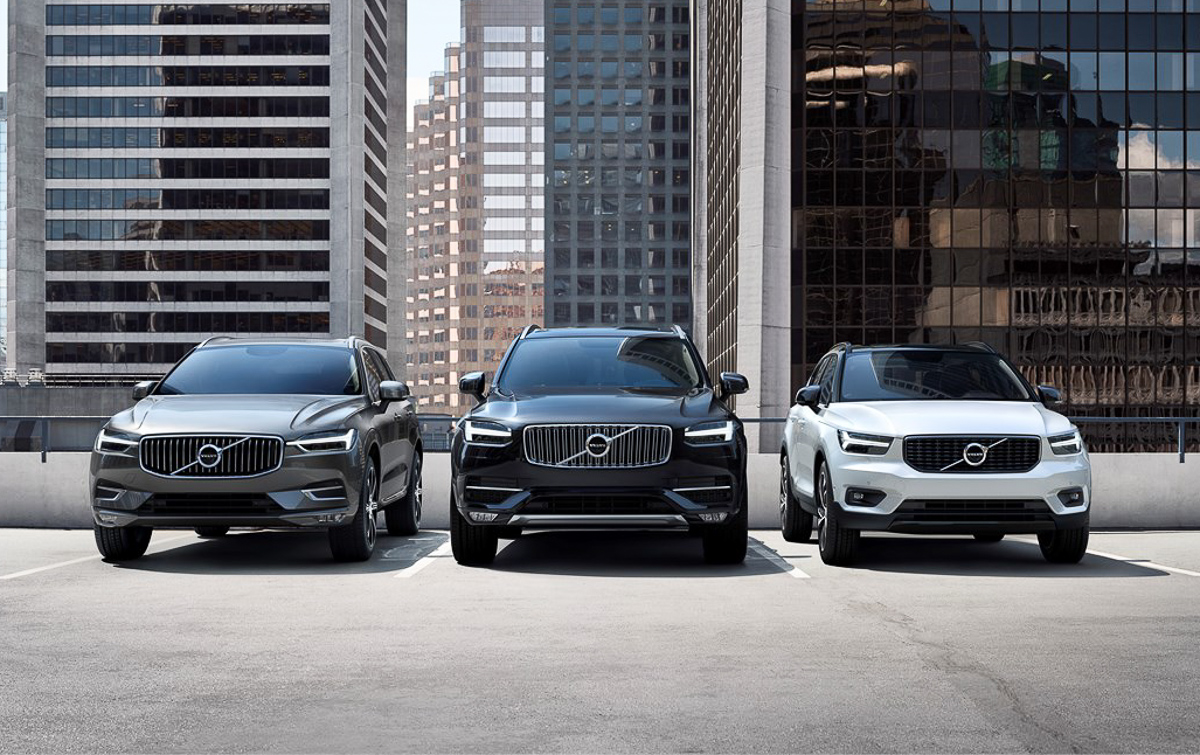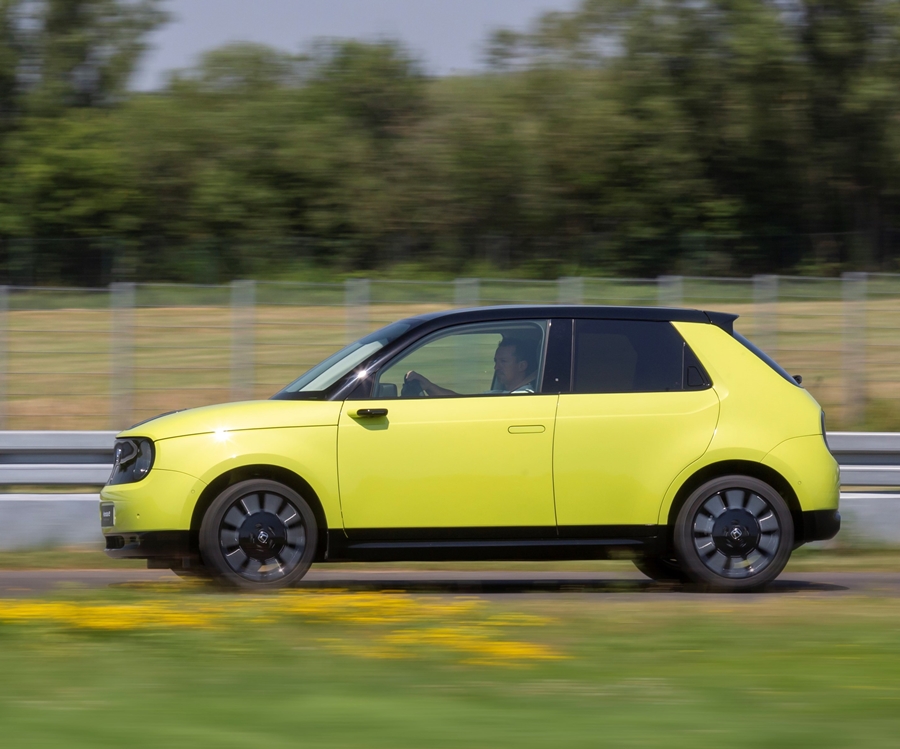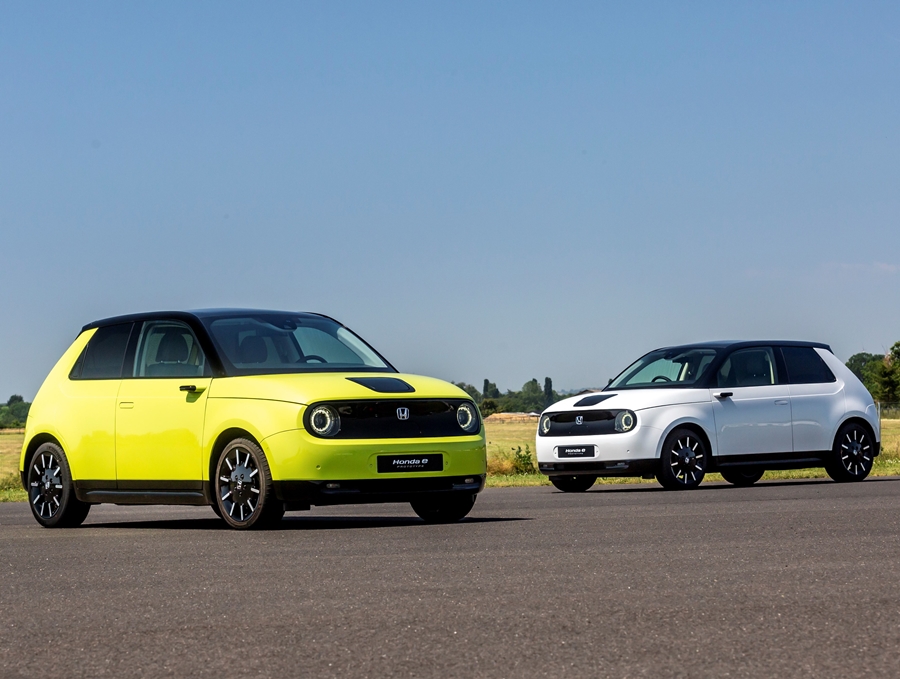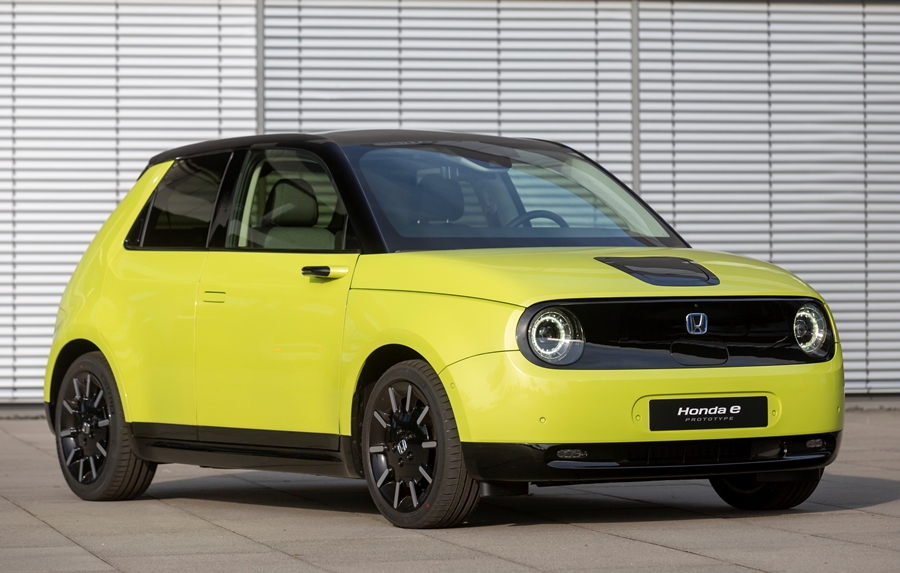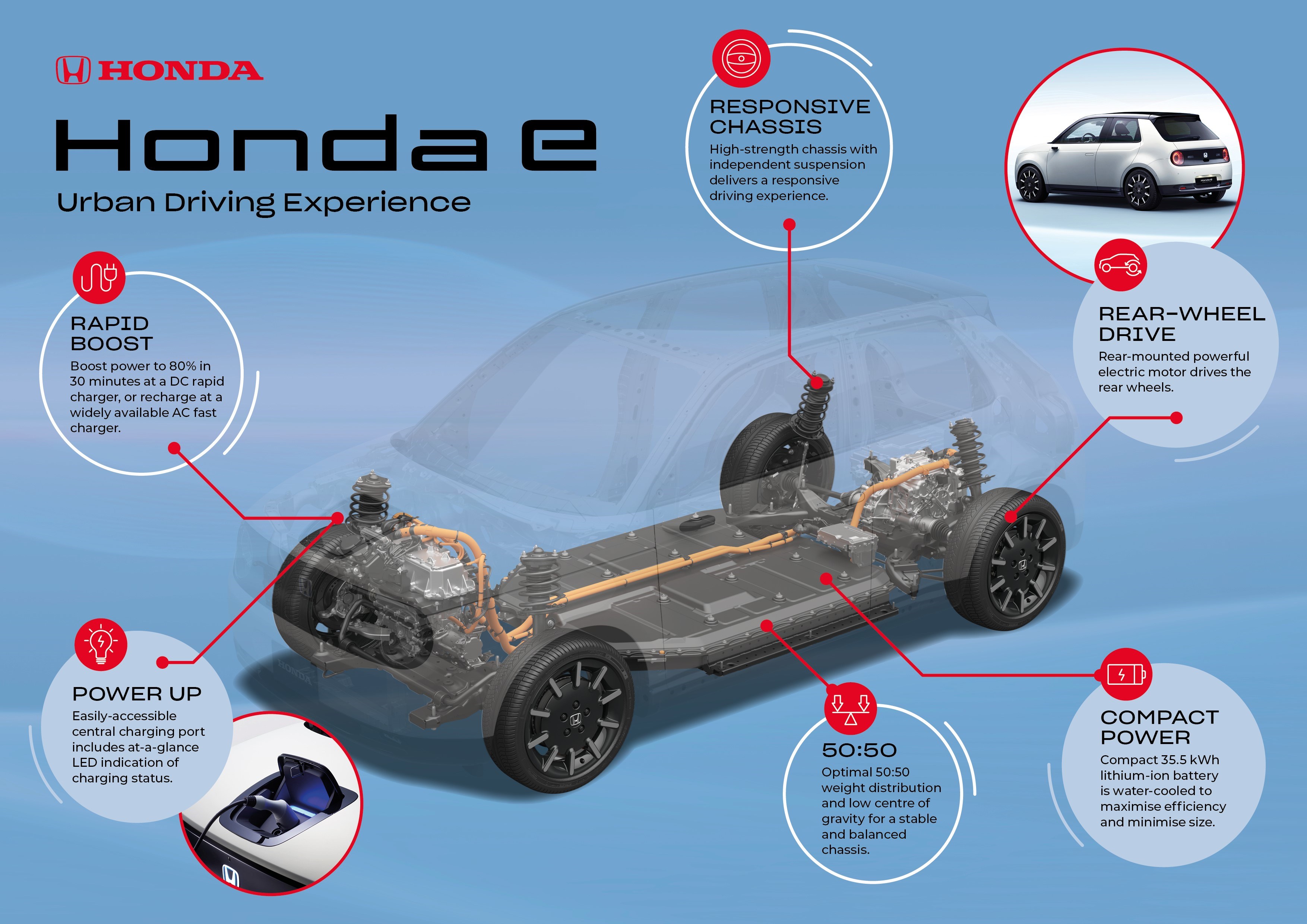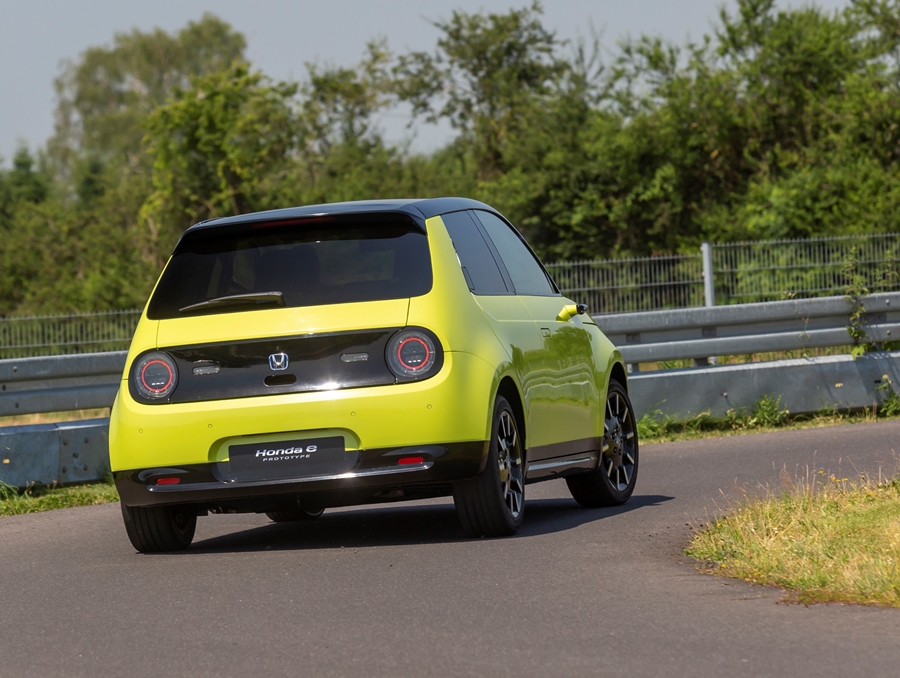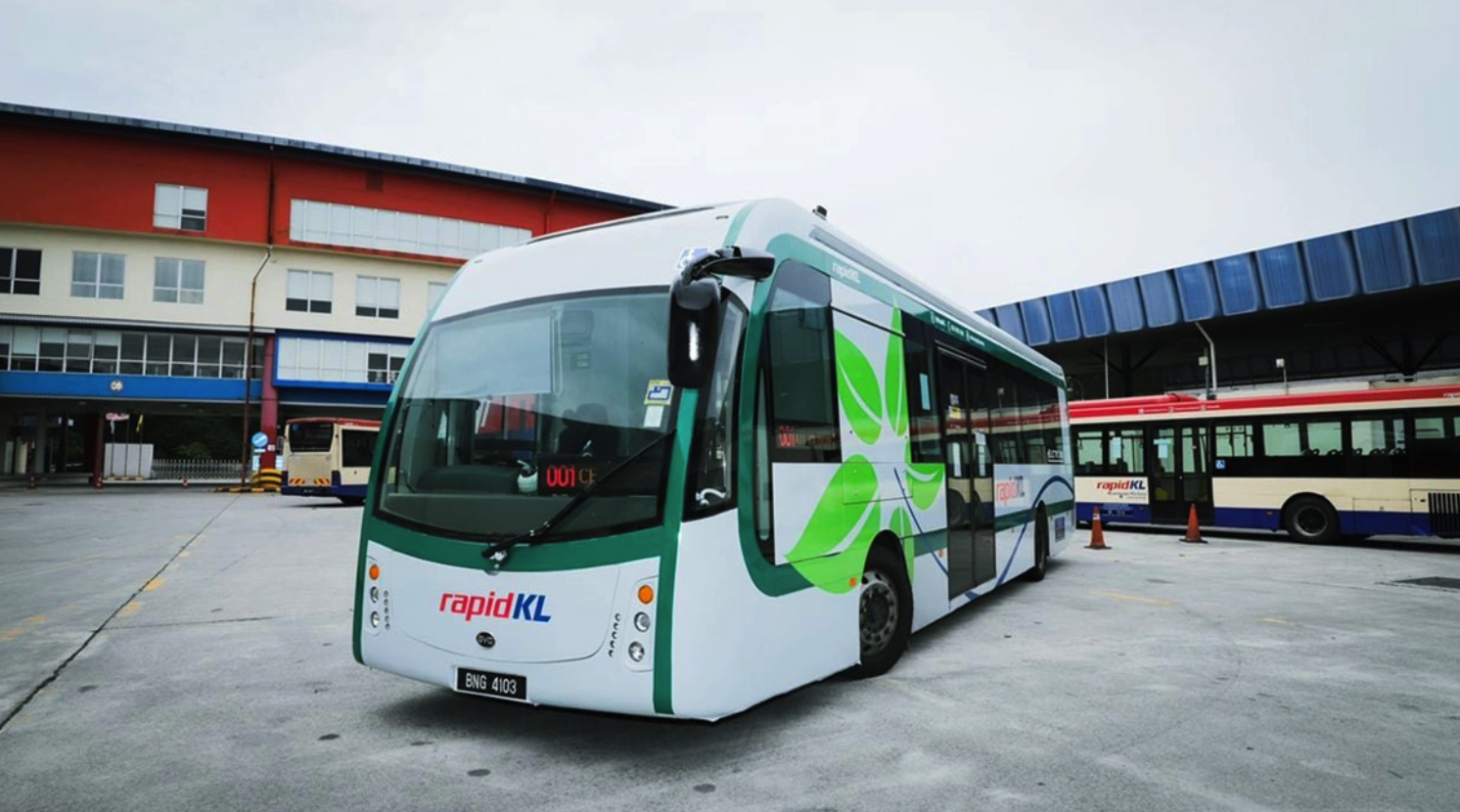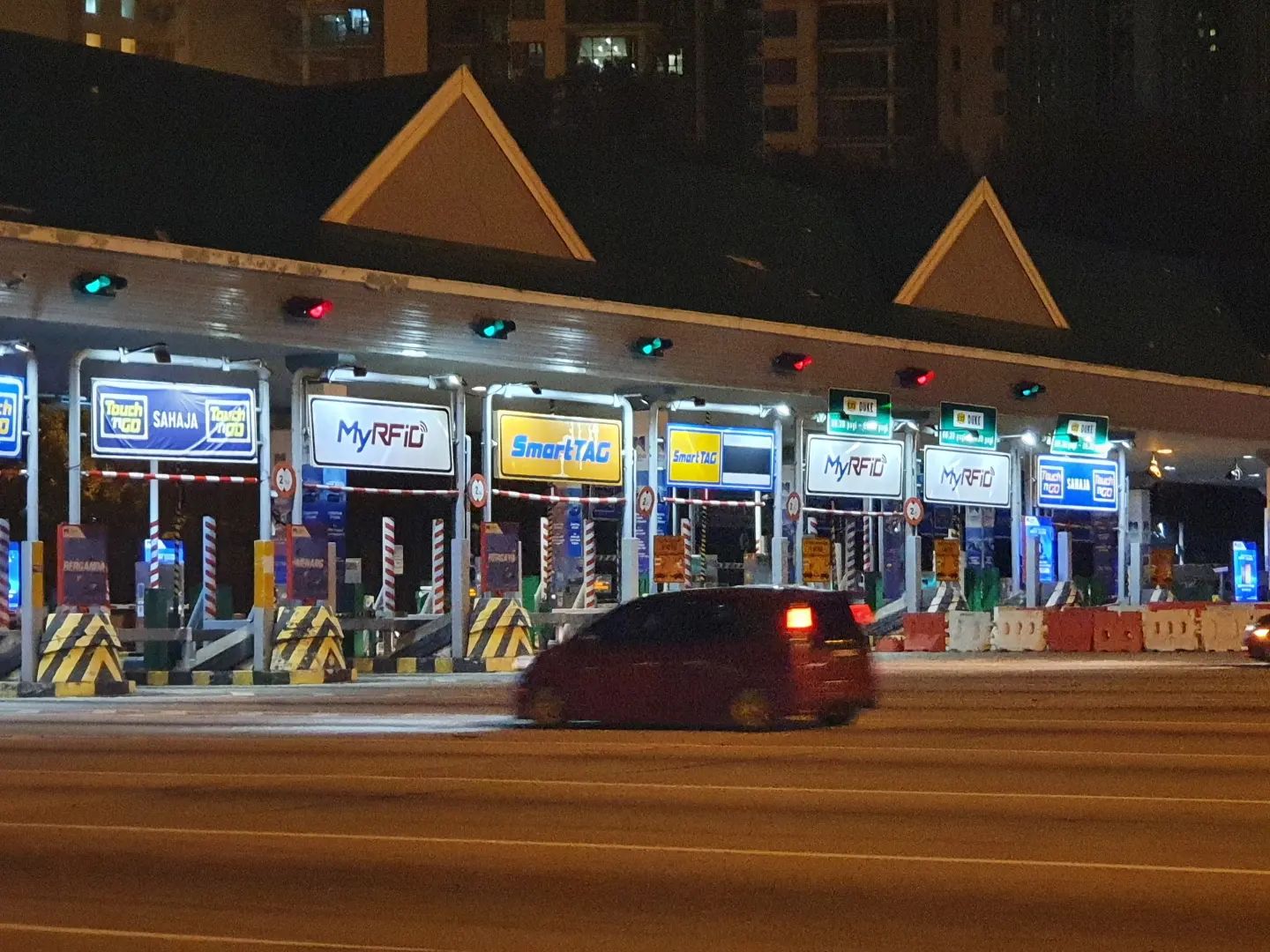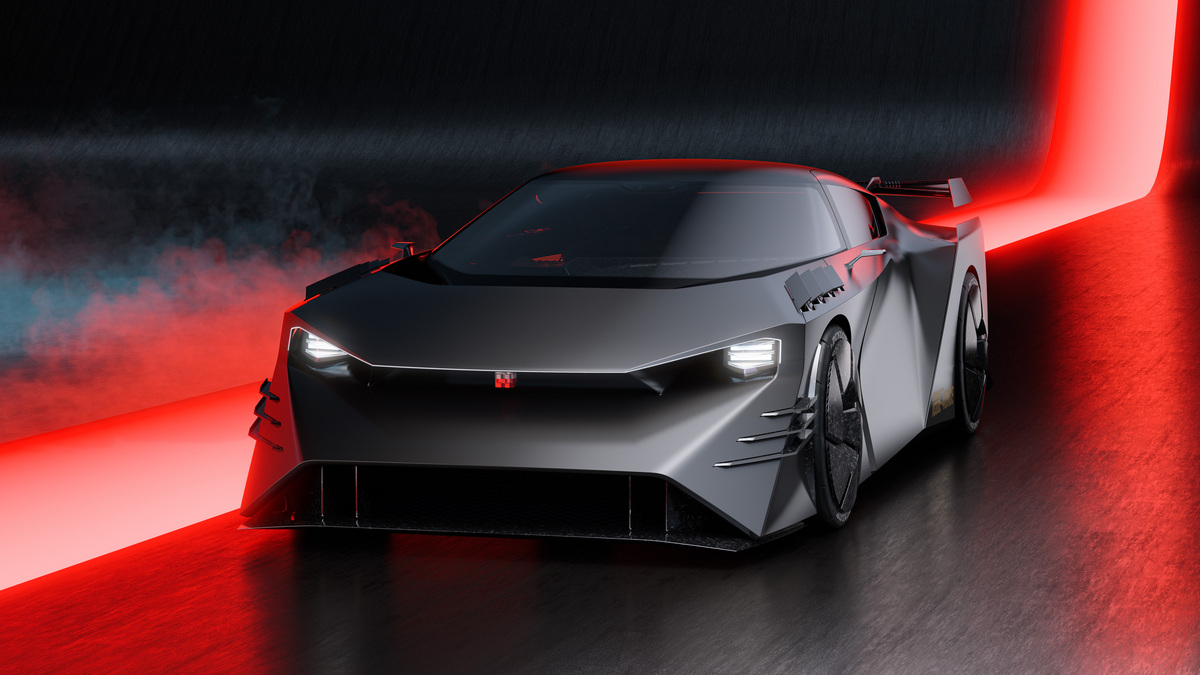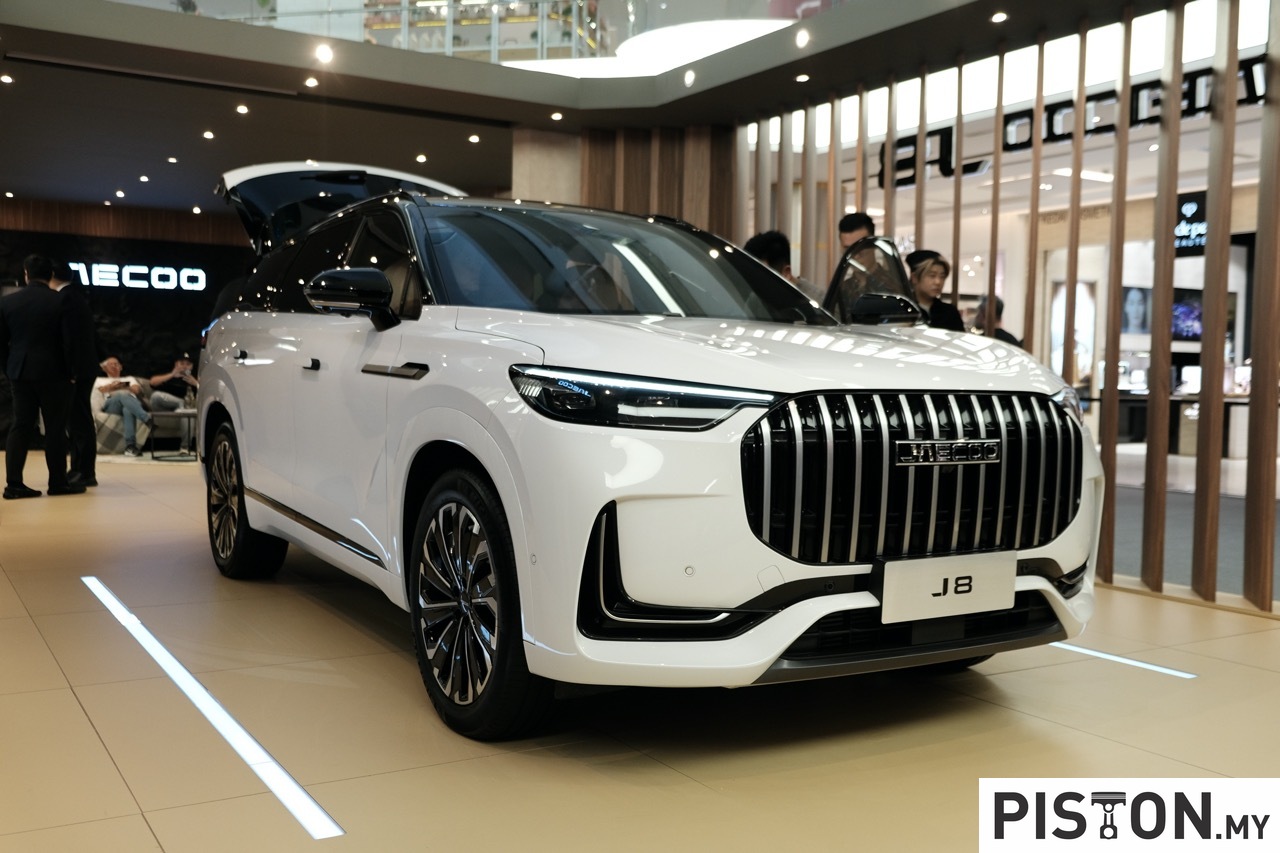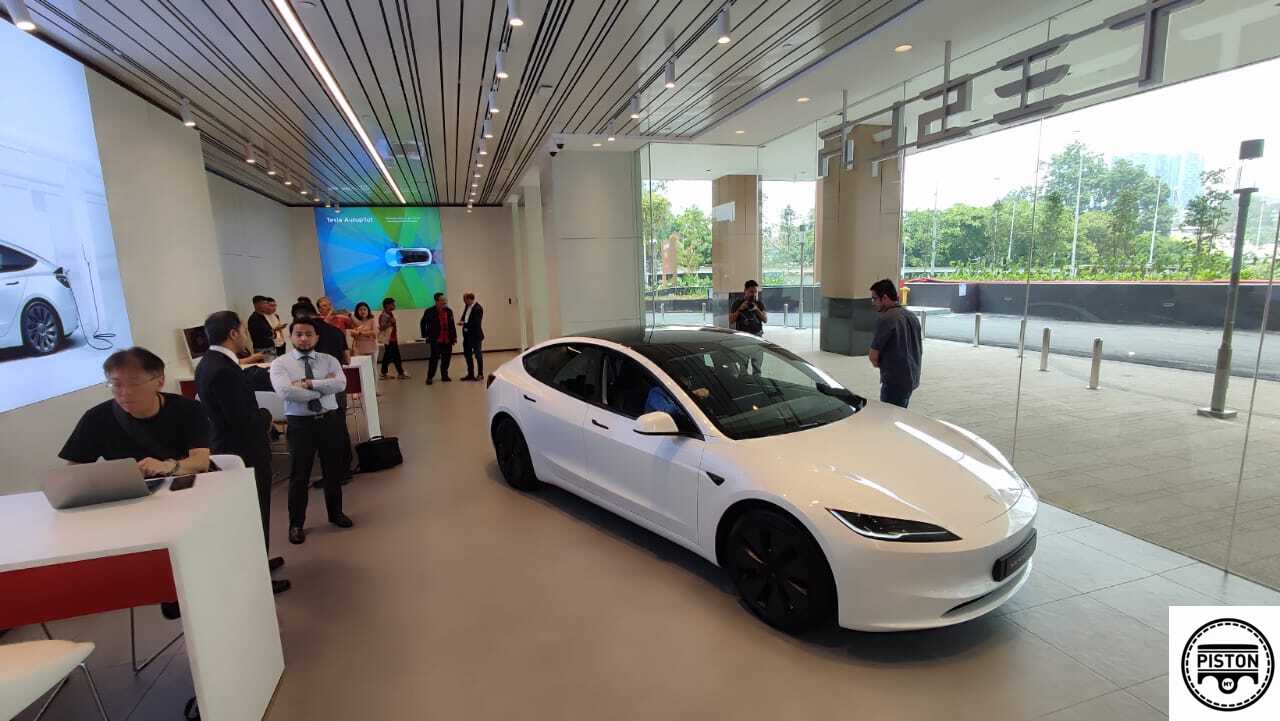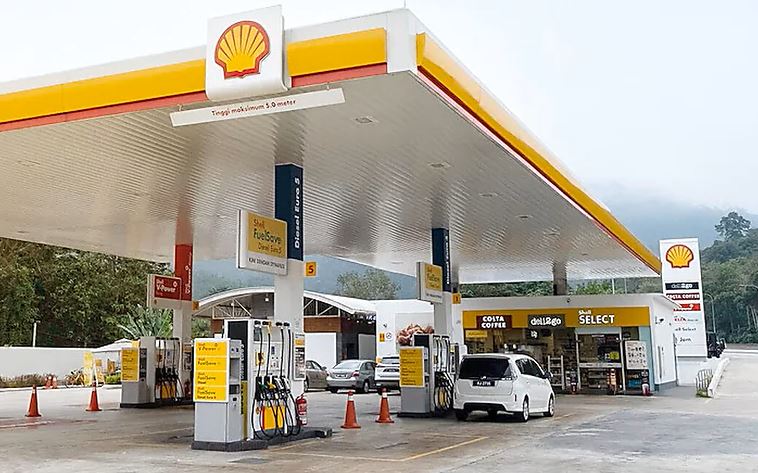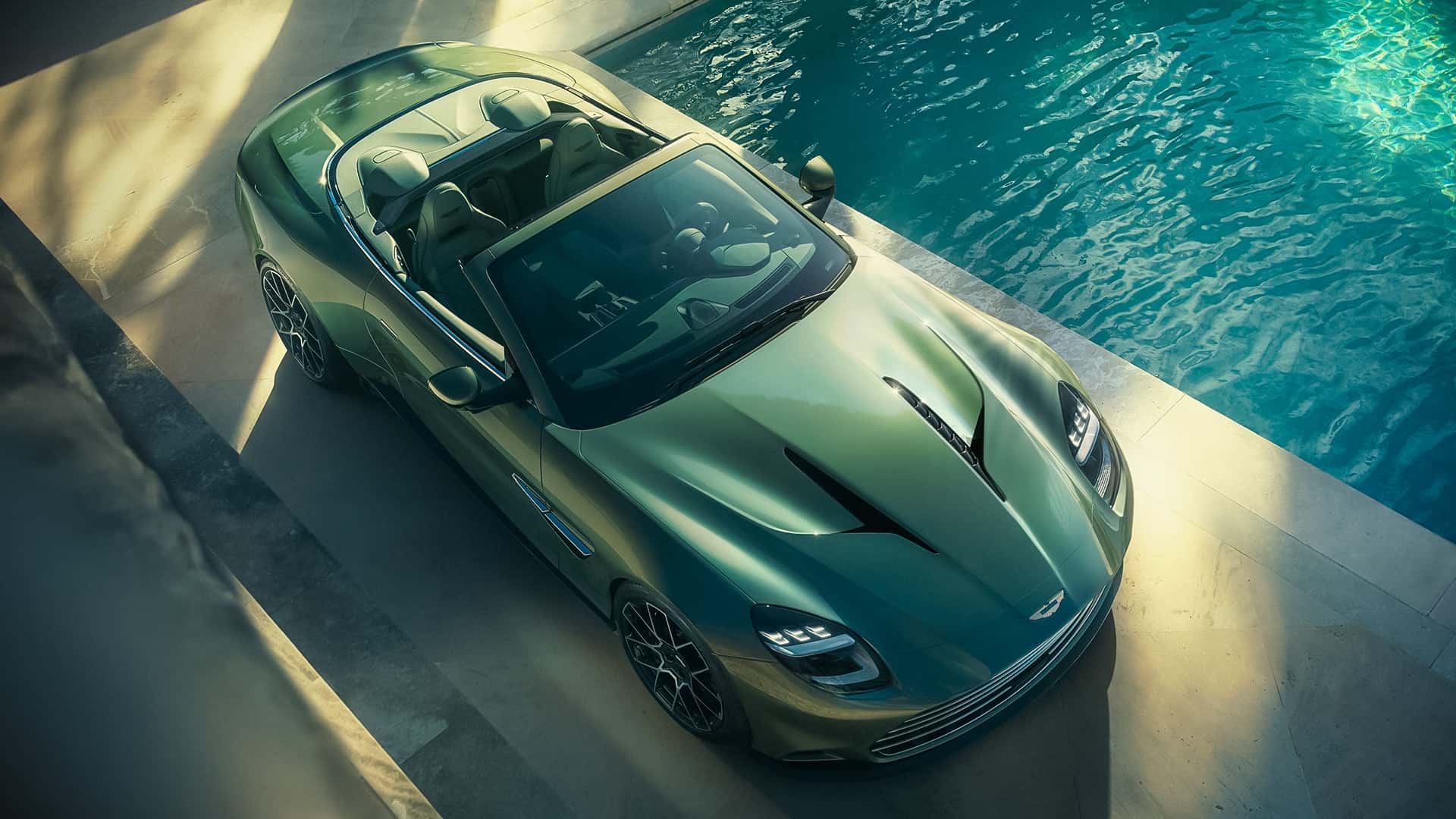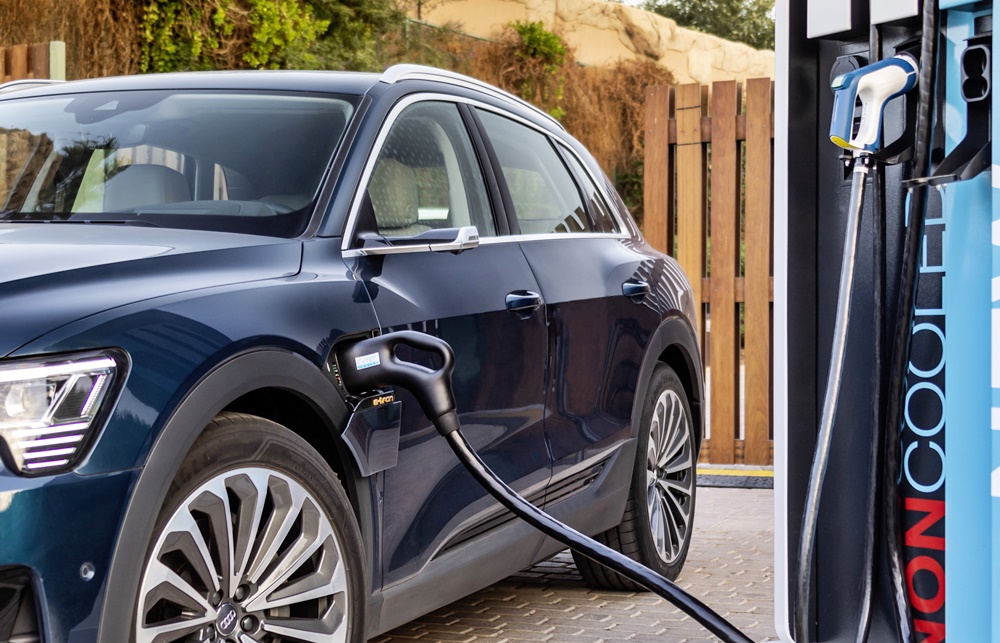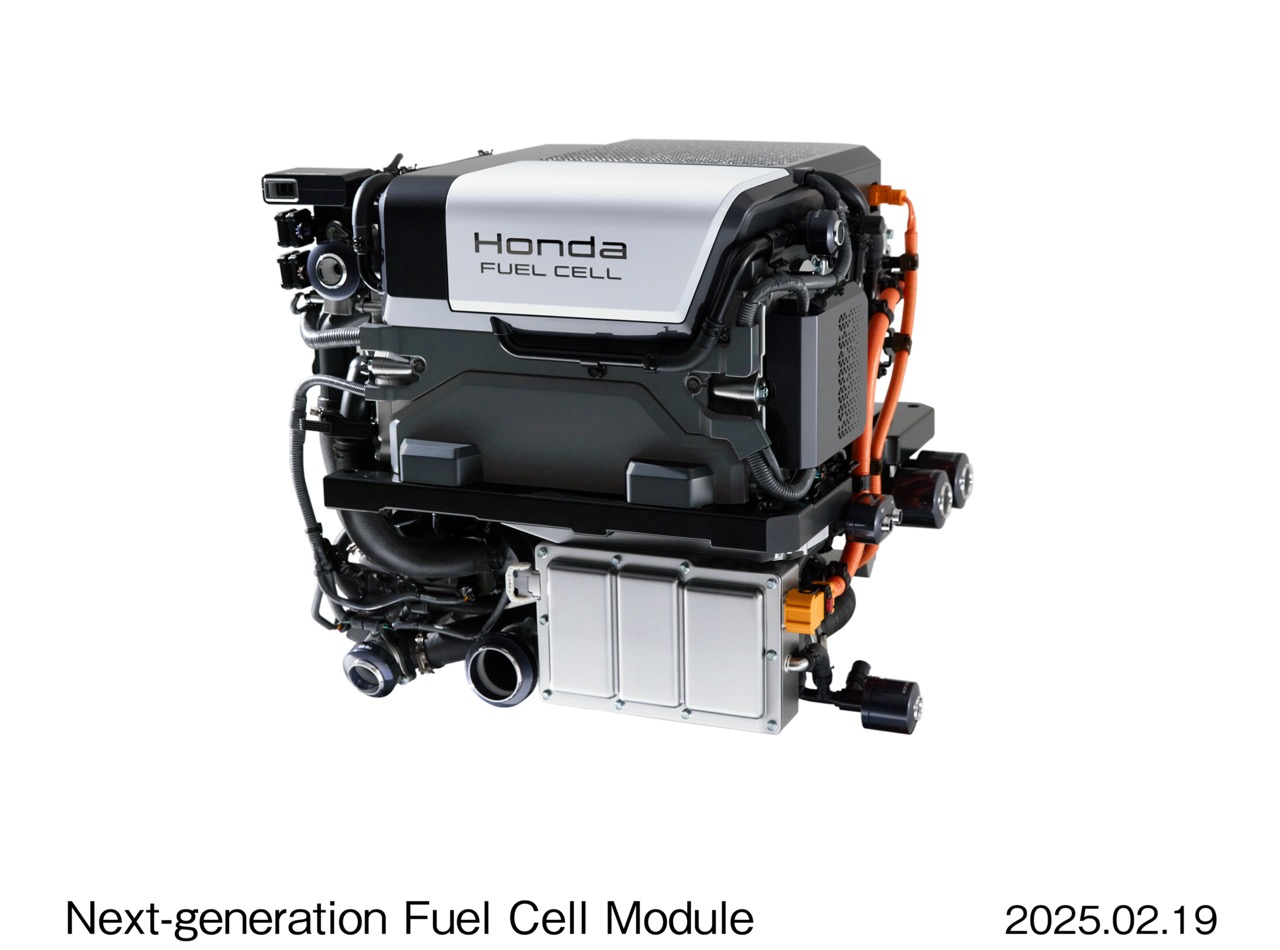When Ford Performance first developed the modern Ford GT, the focus was on giving customers a street-legal GT supercar which would also be capable on the race track. Now, with the GT Mk II, the full performance potential of the car is available – without any artificial performance limitations dictated by racing sanctioning bodies.
The GT Mk II is a limited-edition, track-only GT that represents the next stage in Ford GT performance. With a 700 bhp 3.5-litre EcoBoost engine, race-proven aerodynamics and competition-oriented handling, it has been co-developed by Ford Performance and Multimatic based on competitive learnings from Ford’s successful FIA World Endurance Championship and IMSA WeatherTech SportsCar Championship campaigns with the GT racing car.
“It’s the closest GT owners can get to the Le Mans-winning performance and exhilarating feeling of crossing the finish line in the Ford GT race car,” said Hau Thai-Tang, Ford Chief Product Development and Purchasing Officer.
Only 45 cars at almost RM5 million each
Limited to just 45 cars, with a starting price of US$1.2 million (almost RM5 million), the GT Mk II joins the GT racing car that won the 2016 24 Hours of Le Mans and the Ford GT supercar.
“The true off-the-hook performance capability of the GT hasn’t yet been fully showcased,” said Multimatic’s Chief Technical Officer, Larry Holt. “The road car is obviously limited by the many global homologation requirements that it must comply with, and the race car suffers from the restriction of the dreaded Balance of Performance, resulting in it being 150 bhp down to the road car. The Mk II answers the regularly asked question of how would the car perform with all the limitations lifted: the answer is ‘spectacularly’!”
Originating from a standard GT
The Mk II begins life at the main Ford GT plant before being transferred to a specialist facility at Multimatic Motorsports where it is crafted into the Ford GT Mk II. The GT Mk II is focused around aerodynamic and engine improvements and shares key features with both the street-legal GT supercar as well as the GT racing car. Many of its components have been track-proven in the world’s most challenging endurance racing events.
The large dual-element rear wing exceeds what the Ford GT race car offers in terms of downforce. An all-new front racing splitter and diffuser have been incorporated along with new fender louvres and dive planes, which help balance out the extra rear downforce.
These aggressive aerodynamic changes enable the GT Mk II to generate over 400% more downforce than the Ford GT while fixed aerodynamic elements along with its race-proven suspension and Michelin Pilot Sport racing tyres enable the car to pull more than 2g of lateral grip.
The GT Mk II is also lighter and more agile. The street car’s adjustable ride height and drive modes have been removed, providing weight savings of over 90 kgs while 5-way adjustable DSSV shock absorbers work with a lowered and fixed ride height to improve handling and keep the Mk II as aerodynamically efficient as possible.
Unrestricted EcoBoost engine development
The 3.5-litre EcoBoost engine is not limited by any racing sanctioning body and is able to generate 200 bhp more than the racing car, making this the most powerful version of the Ford GT. The 3.5-litre EcoBoost is paired with the same 7-speed dual-clutch transmission from the Ford GT but specially calibrated for this track-exclusive application.
To add stamina to power, the GT Mk II adds innovative engine cooling technology, including a high capacity air-to-air outboard mounted charge air cooler with water spray technology. The water spray automatically activates in high temperature situations to provide cooling by applying atomised water on the charge air cooler allowing a consistent level of power at high temperatures.
A roof-mounted intake reminiscent of the race car engine air intake has been added for the Mk II to feed auxiliary engine, clutch and transmission coolers, giving the Mk II optimal cooling for the most extreme track day duty.
Increased engine power is paired with improved stopping power. The Mk II features braking performance beyond that of the GT race car by utilising the street car’s carbon ceramic brakes, including 15.5-inch front and 14.1-inch rear Brembo brakes. Unique forged aluminium 19-inch wheels cover the massive brakes with race-proven Michelin Pilot Sport GT tyres.
Joining a winning GT family member
The Ford GT production car, which made its first Goodwood appearance in 2017, is the most advanced and exclusive Ford road car ever, limited to volumes of no more than 250 a year, globally. Built for the 24 Hours of Le Mans endurance race, the Ford GT racing car has been a great success for Ford, winning the GTE Pro class at Le Mans on its first attempt in 2016, exactly 50 years on from the first of 4 successive Le Mans victories for the original GT40 at Le Mans.
